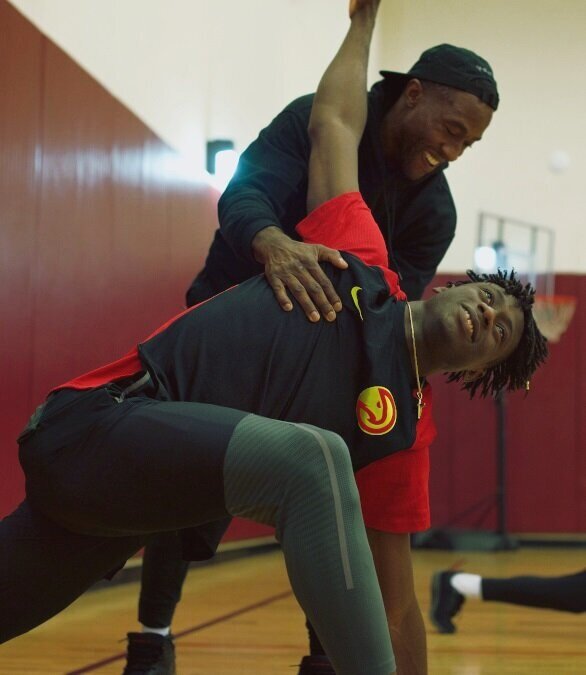Youth Athletic Development
Physical literacy can be related to the educational process of when a student first learns to write. A young student first learns to write words. The student will then learn to put these words into sentences.
By putting together sentences, the student will be able to produce simple paragraphs and learn to adapt its use to a range of academic and normal everyday life.
Sports performance is similar!
The youth athlete will learn the primary skills and techniques like running, jumping, throwing, and catching. The youth athlete will then learn to combine these skills like running and throwing, running and jumping, catching, and running.
After a while, the youth athlete will start to develop complex skills that will further aid in reducing the risk of injury and improving performance.
As the youth athlete develops increased physical capabilities, the athlete will be able to express the skills he or she has! The athlete becomes more physically literate!
Research has also shown that an inability to catch will reduce a child’s confidence so much that it can deter the child from taking part in over 40 different activities!
Our goal is to strengthen the community through the development of youth athletes with an emphasis on athletics, wellness, and academic excellence.
KEYS TO SUCCESSFUL LONG-TERM ATHLETIC DEVELOPMENT
Long-term athletic development programs should accommodate for the highly individualized and non-linear nature of the growth and development of youth.
Youth of all ages, abilities, and aspirations should engage in long-term athletic development programs that promote both physical fitness and psychosocial wellbeing.
All youth should be encouraged to enhance physical fitness from early childhood, with a primary focus on motor skill and muscular strength development.
The health and wellbeing of the youth athlete should always be the central component of long-term athletic development program.
The youth athlete should participate in physical activities that help reduce the risk of injury to ensure their on-going participation in sport.
The youth athlete will be provided with a range of training modes to enhance both health and skill related components of fitness.
The youth athlete will be consistently monitored an assessed using relevant tools as a part of a long term physical development strategy.
The program of the youth athlete will be individualized, systematically, and pedagogically progressed for successful short and long term athletic development.



